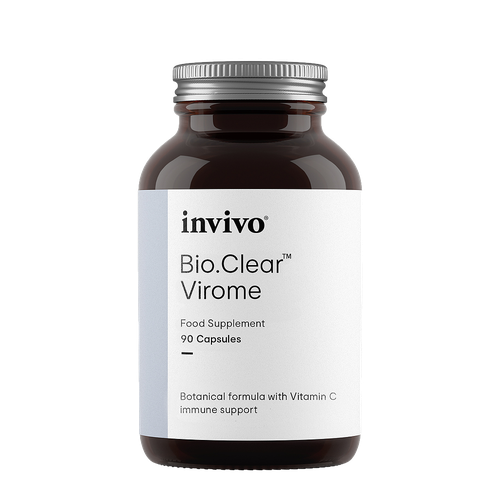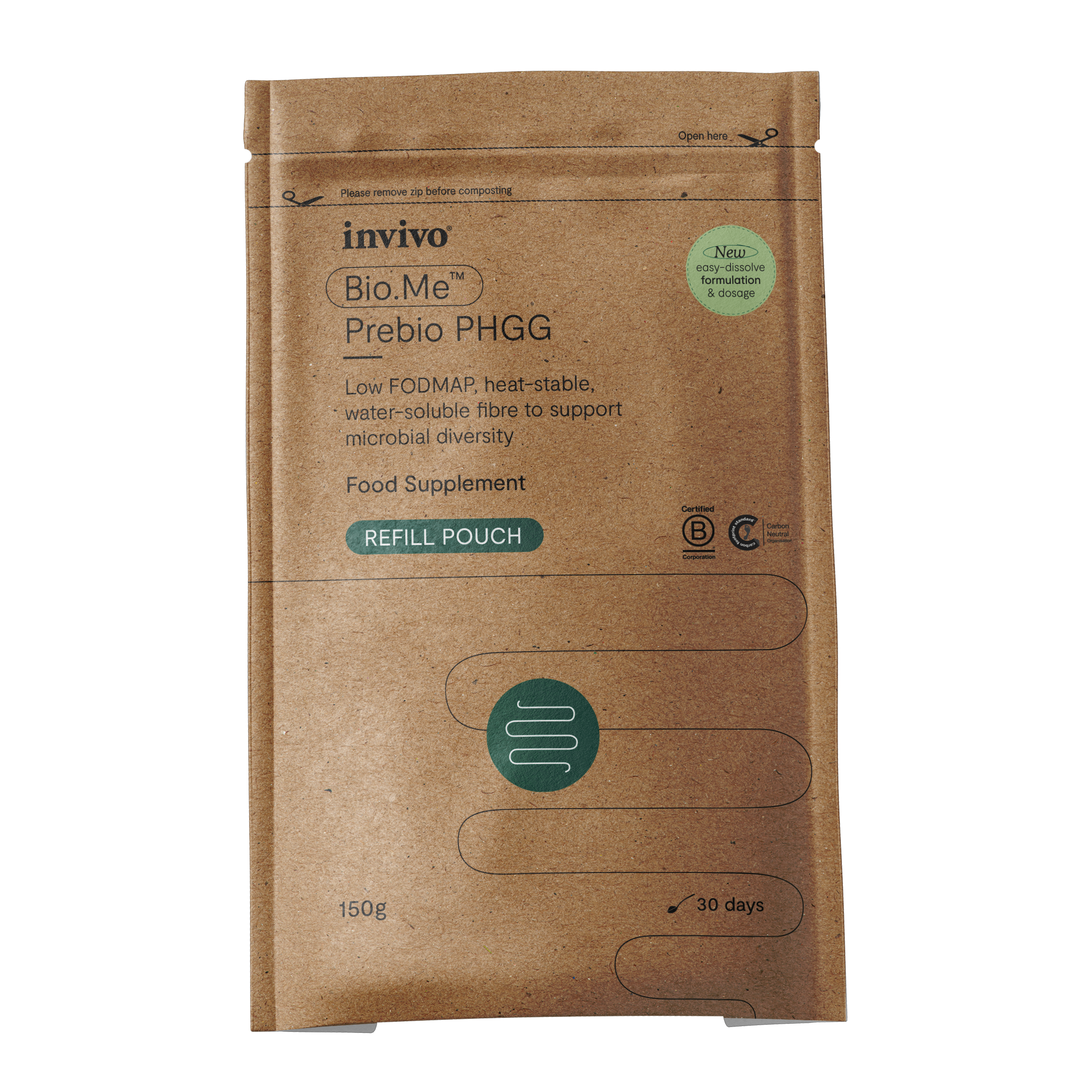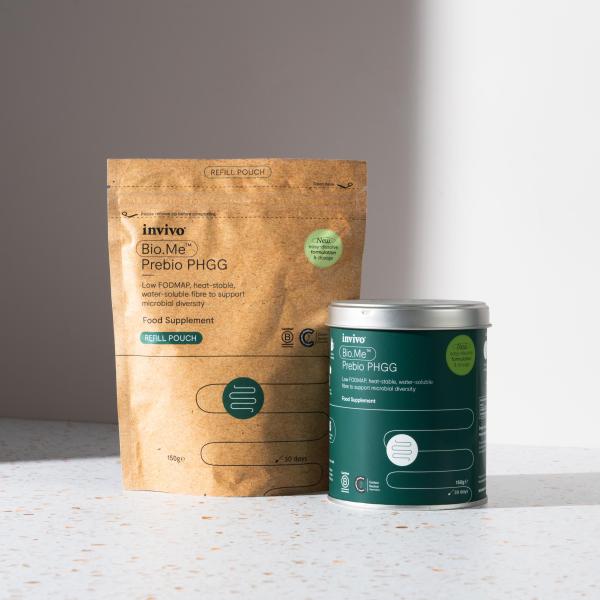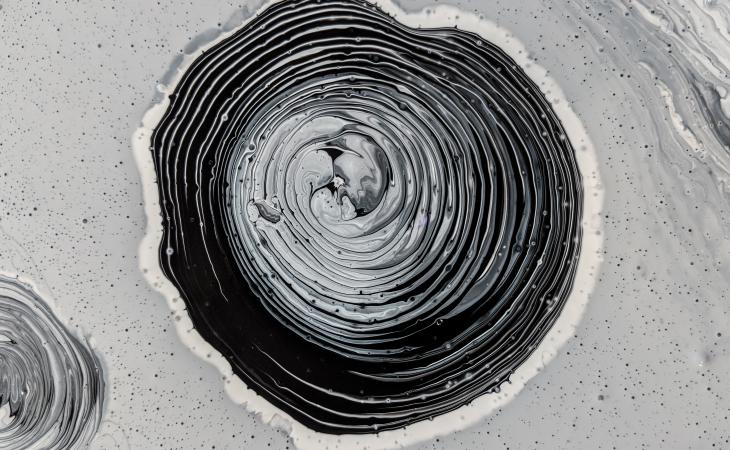The advent of Polymerase Chain Reaction (PCR) for the first time facilitated the specific detection and production of large amounts of DNA. This allowed scientists to diagnose disease, clone and sequence genes and detect pathogens (Garibyan, 2013). Dr Kary Mullis, who discovered the assay in 1986, and won the Nobel Prize for his work, stated ‘it lets you pick the piece of DNA you’re interested in and have as much of it as you want’ (Mullis, 1990). This is the process of amplification. PCR can be performed using source DNA from a range of tissues and organisms, including peripheral blood, skin, hair, saliva and microbes. It needs only trace amounts of DNA and hence is a sensitive assay.
What does PCR require?
- Strand of double-stranded template DNA that includes the target sequence
- Primers – short single-stranded DNA sequences that are complementary to a specific part of the target sequence. They can be thought of as ‘genetic bookmarks’
- dNTPs – these are the building blocks for the new DNA strands
- DNA polymerase – the enzyme that uses single-stranded DNA as a template to synthesis a complementary DNA strand
- Mg ions – the reaction runs in a buffer containing magnesium ions which are crucial for the activity of the enzyme
This process happens in a thermal cycler instrument which automates the cycling of three reaction steps through different temperatures. The first step is termed denaturation which separates the DNA strands through heat (96C) Once they are separated they are cooled to allow the primers to bind to the DNA segments. This is called hybridization or annealing. The temperature is raised again and then the DNA polymerase extends the primers by adding nucleotides the developing DNA strand. With every repetition of these three steps the number of copied DNA molecules doubles.
And so the DNA replication by PCR is an exponential process.
1 cycle yields 2 copies, 2 cycles yields 4 copies, 3 cycles yields 8 copies, 4 cycles yields 16 copies, and so it continues. After 30 cycles we will have 2^30 or 1 billion identical DNA copies. This is enough DNA to detect a pathogen in stool and other powerful applications.
Amplification produces multiple copies of what DNA is there and hybridization matches the target gene to a complementary DNA sequence on a probe. Imagine forging keys that open very specific locks. This allows the technology to be highly specific and accurate.




